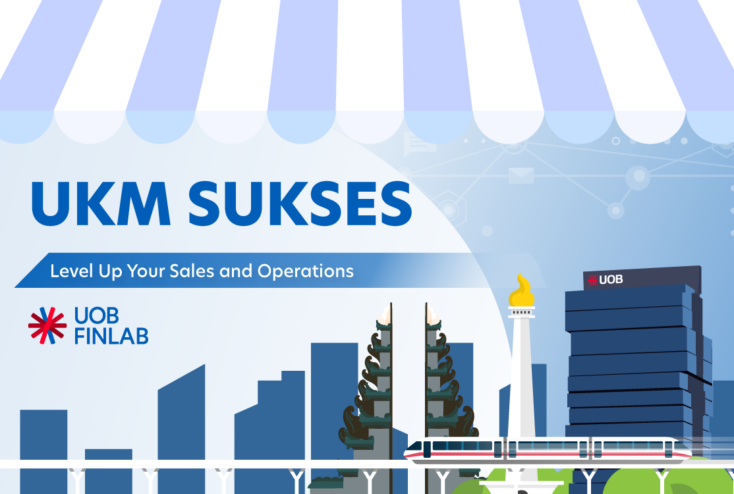Both Ashley and Kasey managed to successfully steer their businesses into executing these changes. They shared four common lessons that were learnt along the way.
Lesson #1: Open dialogue is crucial
Both Ashley and Kasey stressed the importance of open dialogue and finding common ground when broaching ideas to the first generation. After all, both generations want what is best for the business. And that is powerful common ground.
Kasey said it best, “It doesn’t matter if the cat is black or white, as long as we catch the mouse.”
Lesson #2: Be able to support your ideas
While open dialogue is important, being able to present good and workable ideas is even more so. However, that only comes through knowledge and experience. When Ashley first started working in the business, she accepted her role as that of the newcomer learning the ropes.
Once she obtained the necessary experience, she started taking charge of projects. When conflicts arose, she made sure she could always support her ideas with hard data and numbers. She recalls sifting through stacks of invoices to determine the exact labour costs for lorry maintenance – all to convince the first generation to adopt the new fleet management system.
Lesson #3: Involve the employees in the process
While there are clear hierarchies within their companies, driving major change needs the help of their staff. Simply providing orders and expecting total compliance is a recipe for failure – especially when you are the founder’s children.
That’s why both Ashley and Kasey made sure to involve the team in the process as much as possible – seeking their buy-in from the start and showing how the changes would benefit them. For example, Kasey involved management and team leaders from the beginning in setting out guiding principles, goals, and objectives. He also ensured there was sufficient training provided to get everyone up to speed.
As for Ashley, she solicited her team’s feedback on the current system and asked what improvements they would like to see. That way, when new solutions were implemented, the staff were more than supportive – because it was also their idea, and they knew it would make jobs easier.
Lesson #4: Don’t be hesitant to ask for guidance
Asking for guidance isn’t a weakness, it’s a strength. It shows humility in acknowledging that you might not have all the answers, and respecting the value of external expertise. Both Sigma Transport and Markaids recognised this, which is why they both participated in The FinLab’s Jom Transform Programme to get support and inputs on their own digitalisation journey, learning form experts and fellow business owners.
The Jom Transform programme is designed to help Malaysian SMEs better compete in today’s digital economy – equipping them with the tools, know-how, and confidence they need to transform digitally.
For Sigma Transport, the programme offered them various options for their fleet management system. In addition, the company also benefited from a thorough review of their business model. As Ashley said, “The programme was meticulously curated to make sure that it was easy to follow and understand. Most importantly, the solutions offered were honest and professional. Communication between parties were helpful to ensure we got the solutions best suited for our business needs and goals.”
Markaids already had plans to digitalise prior to participating in the Jom Transform programme. However, with so many moving parts, they suffered from “paralysis by analysis”. The programme gave them clarity – helping them identify the critical areas they should focus their digitalisation efforts on. Plus, they also got connected to relevant experts and solutions for their current and future needs.






